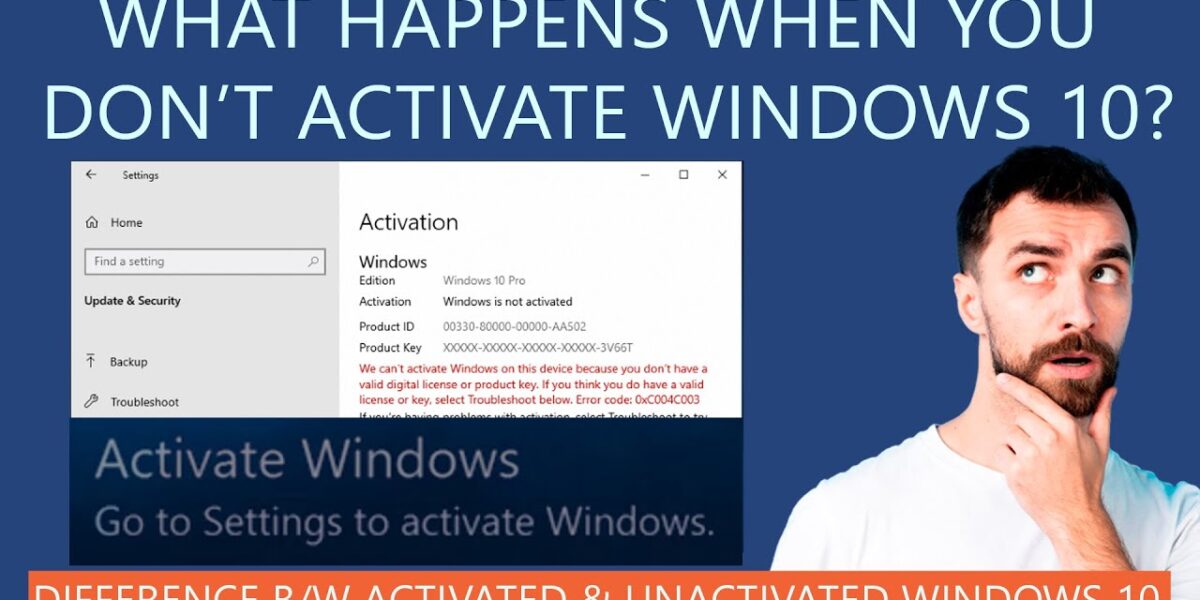What Happens if You Don’t Activate Windows 10/11?
If you wish to not activate Windows on your personal computer at all, you can still access it for as long as you want. In other words, you will not be stopped from using Windows even if you choose to never activate the software.
But there will be limitations if you don’t activate Windows!
Windows 10 is Microsoft’s most advanced operating system and currently stands as the latest version of Windows.
Millions of users have upgraded from predecessors, but not everyone has a valid activation key, serial number, or digital license.
How long can you go without activating Windows 10/11?
Let’s find out!
How Long Can You Use Windows 10/11 Without Activation?
Although it’s not going to be pretty, and it’s definitely not going to be perfect, you can actually use Windows 10/11 forever without activating it.
Microsoft allows users to download, install and use the operating system indefinitely without having to enter a valid product key or digital license.
Additionally, you can use an unactivated Windows 10 without any restrictions for one month after first installing it.
This means that your system will behave as if it’s activated for 30 days. After this period expires, the restrictions come into effect.
Not Activated Windows 10/11 Limitations
The limitations and restrictions of not activating Windows 10 may change your perspective on running it without activation.
Because Windows 10 isn’t free, Microsoft has placed some key features behind the paid version of the system.
1. No Personalization
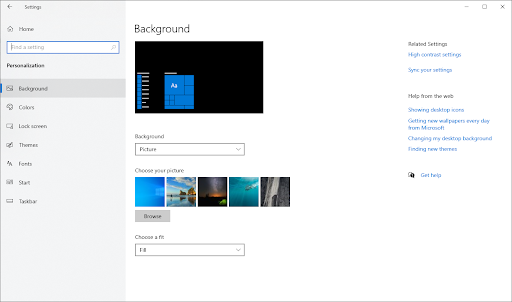
The first thing you’re most likely to notice is that an unactivated Windows 10 won’t allow you to personalize your device.
This is quite a big limitation if you like your computer to feel unique and truly yours. While it’s only a cosmetic change, many users are unhappy with not being able to customize various aspects of Windows 10 and end up buying a license.
Here’s what you can’t do in the non-activated version of Windows 10:
- Change desktop wallpaper. Users without an activated instance won’t be able to customize the background of Windows 10. After the one month grace period, your background will revert to the default one, or it’ll be replaced by a black screen.
- Customize colors. If you don’t activate Windows 10, you won’t be able to choose a different color palette for your system.
- Customize the lock screen. Do you like to set a lock screen background when you’re away from the keyboard? You might just have to activate Windows 10. Users without an activated system can’t change the default lock screen.
- Apply Windows 10 themes. Microsoft and other users release a wide variety of themes. The catch is that only users with activated Windows 10 can download and apply these themes.
When you use an unlicensed version of Windows 10, you’ll see the message “Windows isn’t activated.” The notice “Activate Windows now” appears on the Settings app’s home page as well.
On all pages in the Personalization tab, you’ll see the phrase “You must activate Windows before you may customise your PC.”
2. Limited Windows 10 Updates
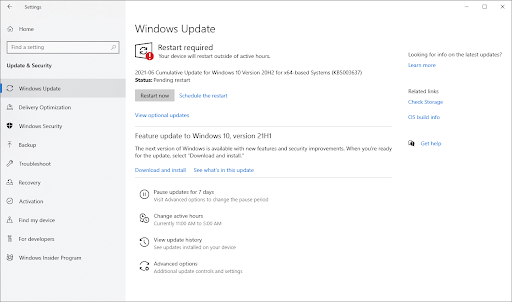
Windows Updates will still download and install on your device even when your Windows 10 isn’t activated. However, you might not have access to many in-between updates or optional updates that get rolled out to regular users.
On the positive, you can eventually get access to all the major Windows 10 updates for free.
3. “Activate Windows” Watermark

The most infamous limitation — or rather annoyance, — of operating Windows 10 without activation is the watermark.
Every installation of Windows 10 that hasn’t been activated has the “Activate Windows” watermark embedded in the bottom right corner of the screen. This watermark goes on top of any window you open, even in full-screen mode.
When using Windows 10 without licensing, the text “Activate Windows. Go to Settings to activate Windows.” appears in the lower right corner of the desktop.
While the annoying text can be removed with some trickery, you can’t actually activate Windows 10 legally without a product key or digital license.
4. No Access to Windows Insider Builds
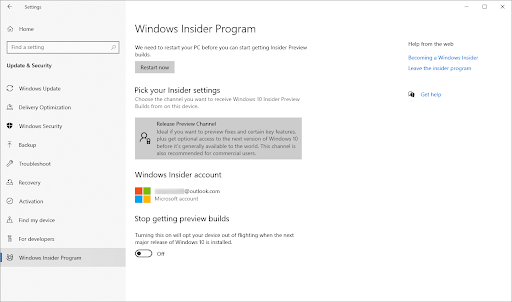
Windows Insider is a program that allows users to get access to early updates and development builds of Windows 10.
Microsoft uses Insider data and user-submitted feedback to polish updates before they get rolled out to the general public. However, you can only opt-in if you have an activated Windows 10.
If you want to get access to the newest version of Windows 10, you’ll have to purchase a license. Luckily, we’ve got you covered.
5. Pop-Up Reminders To Activate Windows

Users who don’t activate Windows 10 will have to deal with random pop-ups from Microsoft. Picture this — you’re watching a movie or playing a video game, and suddenly, a pop-up appears on the screen.
Quite annoying, right?
For the first month of using Windows 10, the pop-up message reminds users that their Windows license will expire soon.
This serves as a reminder that the “free trial” period is soon ending. If you wish to continue using Windows 10 without any limitations, go to Settings and begin the activation process.
If you choose to ignore this pop-up, it might return in the future. To completely remove it, your best bet is to acquire a Windows 10 product key or digital license.
6. Legal Trouble for Organizations and Businesses
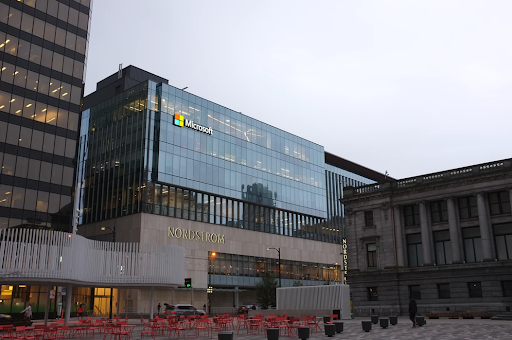
Section 5 of the Software License Terms for Windows 10 states the following: “You are authorized to use this software only if you are properly licensed and the software has been properly activated with a genuine product key or by other authorized method”.
Businesses and organizations often go through audits as well, where it’s necessary to show licensing information.
If your employees don’t have Windows 10 activated, it might get you in trouble with Microsoft.


